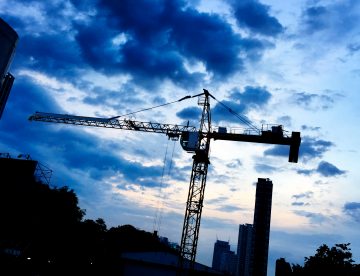
Falling objects pose a significant threat to worker safety on UK construction sites. These incidents can result in serious injuries and even fatalities, making it absolutely for everyone on site to understand what can cause an object to fall and how to implement effective prevention strategies.
For this week’s blog, we’re returning to our ‘Focus on Safety’ series and looking into this critical issue in more detail.
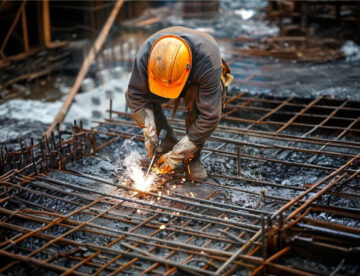
When thinking about construction site injuries, cuts, falls, or heavy lifting are often the things that first come to mind. Yet, burn injuries are also a critical concern as thousands of construction workers face burn risks every year.
In our latest ‘focus on safety’ blog, we’ll explore the common causes of burn injuries, what to do in the event of a burn and outline what can be done to reduce the risk.

Cuts and lacerations are among the most common injuries on construction sites, often caused by sharp tools, machinery and materials. While some injuries may be minor, others can be serious – requiring medical attention and sometimes leading to lost workdays, permanent disability or even fatalities.
Understanding the causes, prevention strategies and appropriate responses is crucial to ensuring the safety of all workers. Read on to learn more in our latest ‘Focus on Safety’ blog.
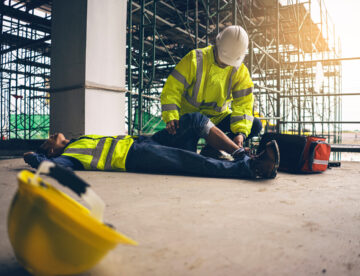
Slips, trips, and falls are among the most common causes of injuries in the construction industry in the UK. These accidents often lead to serious and/ or permanent injuries and even fatalities.
Understanding the causes, implementing effective prevention strategies and knowing how to respond when an accident does occur is crucial for ensuring the safety of all construction workers. Find out more about this critical issue in this week’s ‘Focus on Safety’ blog.

A fire that ripped through a residential project in East London this June led to one construction worker having to be rescued from the end of a tower crane and seven people being hospitalised due to smoke inhalation.
The fire was just one of hundreds that occur on construction sites each year across the UK, potentially putting the lives of workers and members of the public at risk. Make sure this doesn’t happen at your site by reading our latest blog.

When someone new arrives at your construction site, welcoming them and introducing them to the site in friendly, well-organised manner is essential.
Regardless of whether they are a new contractor, supplier, professional colleague or any other visitor, the welcome you provide is not just a matter of making a good first impression but also key to maintaining a safe, efficient and compliant site. Read this week’s blog for five tips for making this process seamless.
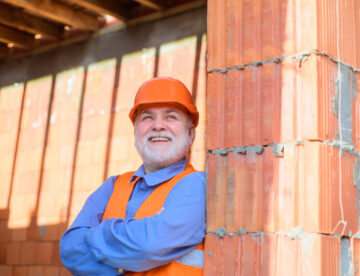
Whilst modern techniques, tools and innovations have brought some changes to the way on-site construction workers perform their duties, they still generally have to carry out physically demanding tasks in sometimes harsh conditions.
Day after day, year after year, you might think that surely such labour takes its toll, so how is it the case that, even as the workforce ages, a great many construction workers remain physically able to handle the strain? The answer it appears is because they have ‘physical wisdom’. Find out what this means in this week’s blog.
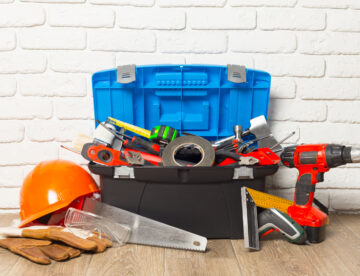
Tools and equipment are essential to the effective running of any construction site but, because they are used so much, they can suffer a lot of wear and tear, become damaged and eventually be unusable.
However, with proper care and maintenance, the lifespan of your tools and equipment can be extended and that’s good news for four reasons: 1) Better quality tools means better quality work; 2) It reduces costs related to repairs or replacements; 3) There will be fewer accidents/ injuries from faulty equipment; and 4) It’s better for the environment.
With so much to gain, in this week’s blog, we’re sharing some top tips for how to protect and maintain those tools.


